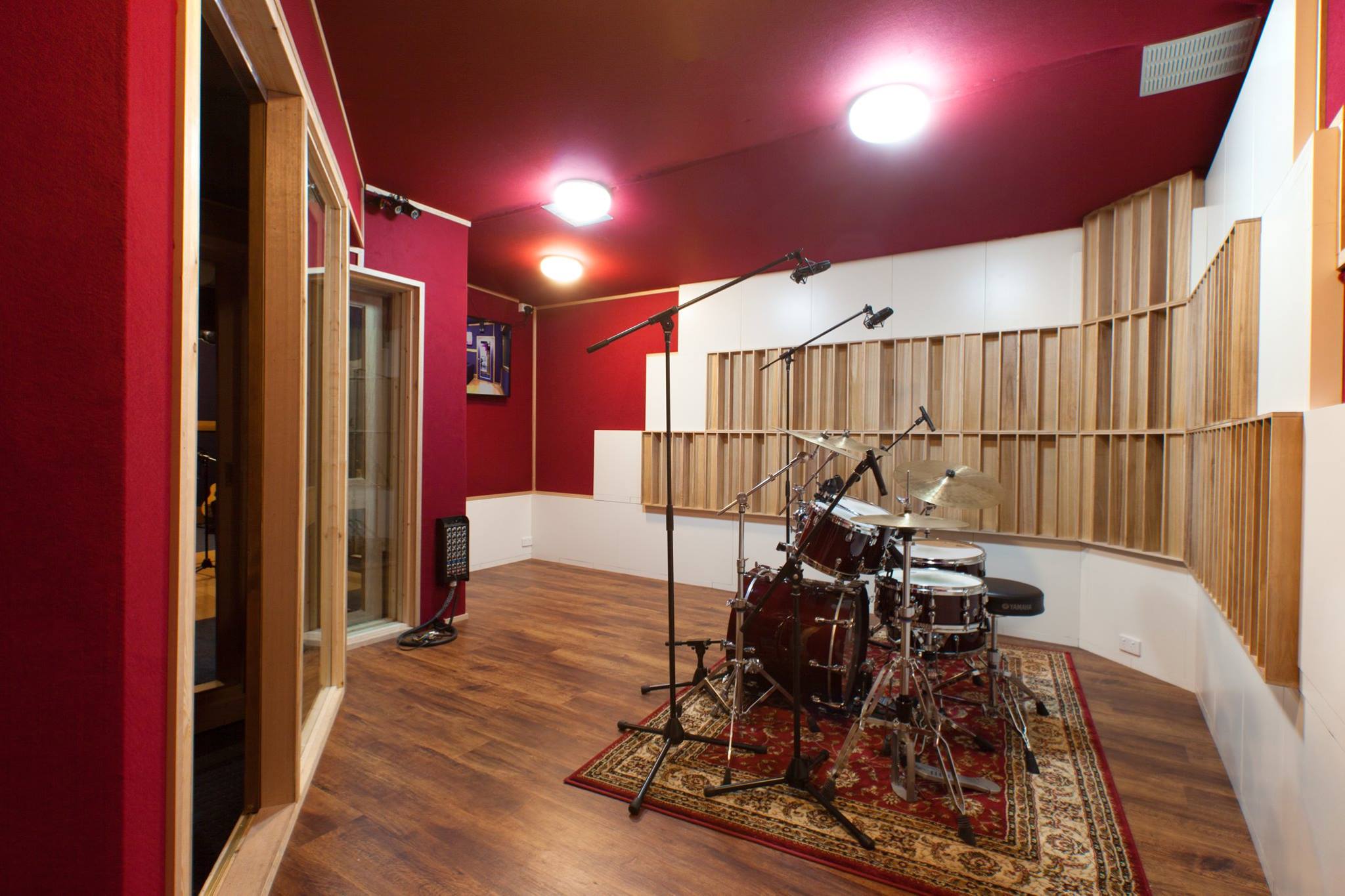


These kinds of touches exemplify the user experience of the software platform. “You can measure along your axis of interest-along the vertical axis, along the major or minor axis of the room, or use snap measurement to measure the distance between two walls.”Įssentially, the user selects the right measurement mode, and the system constrains the measurements to that axis-making sure you don’t measure diagonally out from the wall, for instance, when you mean to measure the width of a window. “There are six or seven different modes of measurement,” says Zakhor. Open this up in your browser (or using a VR headset), and you can virtually navigate a space or take measurements. More important, says Zakhor, is that the system produces a number of interactive data files, like a 3D panoramic viewer. “When you’re done, get to a place that has WiFi connectivity, upload it to our cloud where we do a bunch of number crunching, and then we automatically create data products that any user can access by logging into a web account.” “You walk around inside a building,” Zakhor explains. The concept of operation is easy to understand. It offers a low-friction workflow, auto-generated deliverables, and an unexpectedly cutting-edge set of features. However, as I learned during a conversation with her last week, the company has also paired all of these mobile hardware solutions with a software platform that makes for an especially easy user experience. In 2017 the company released a handheld scanner called the IR500, which weighs only one pound, costs $3,000, and covers 60,000 square feet a day.Īccording to Avideh Zakhor, CEO and founder of Indoor Reality, the company’s future will include even more hardware, designed to meet the needs of an even wider user base. Costing $150,000, this system enabled a user to scan 200,000 square feet a day. The company first hit the market a few years ago with the IR1000, a 35-pound backpack that comes complete with lidar, cameras, and a complement of other sensors. It’s wearable and handhold-able hardware is already in use in construction, real estate, architecture, insurance, and of course, facilities management. Indoor Reality is in the business of 3D mapping interiors and indoor assets.


 0 kommentar(er)
0 kommentar(er)
